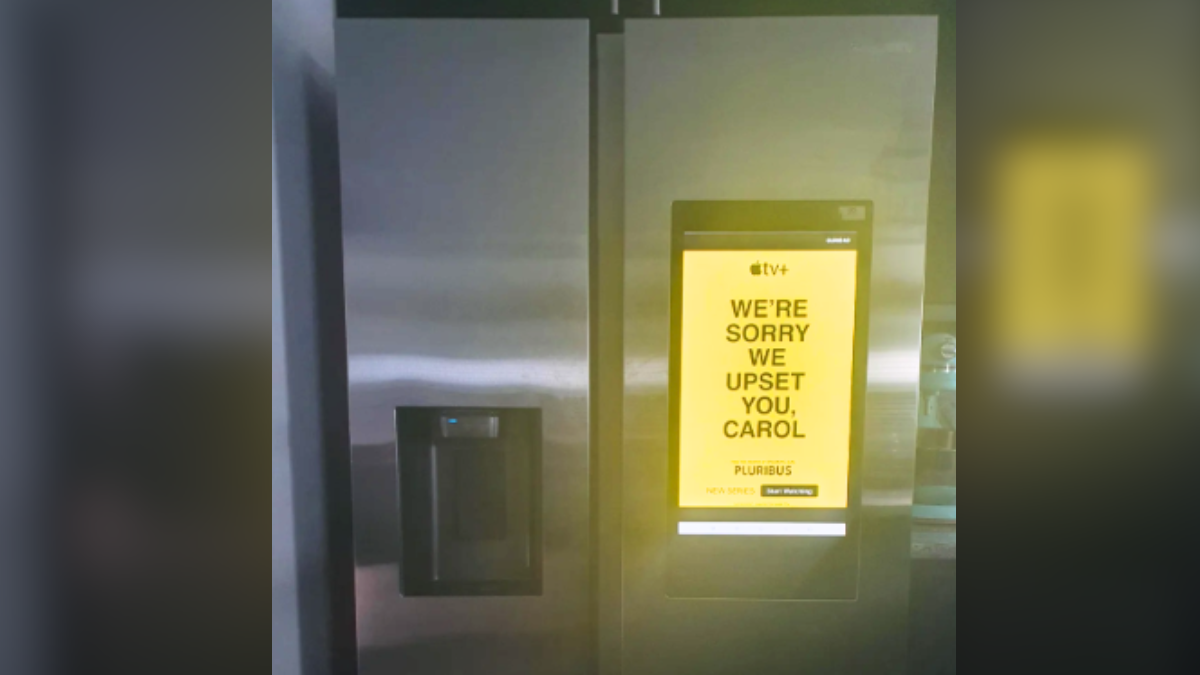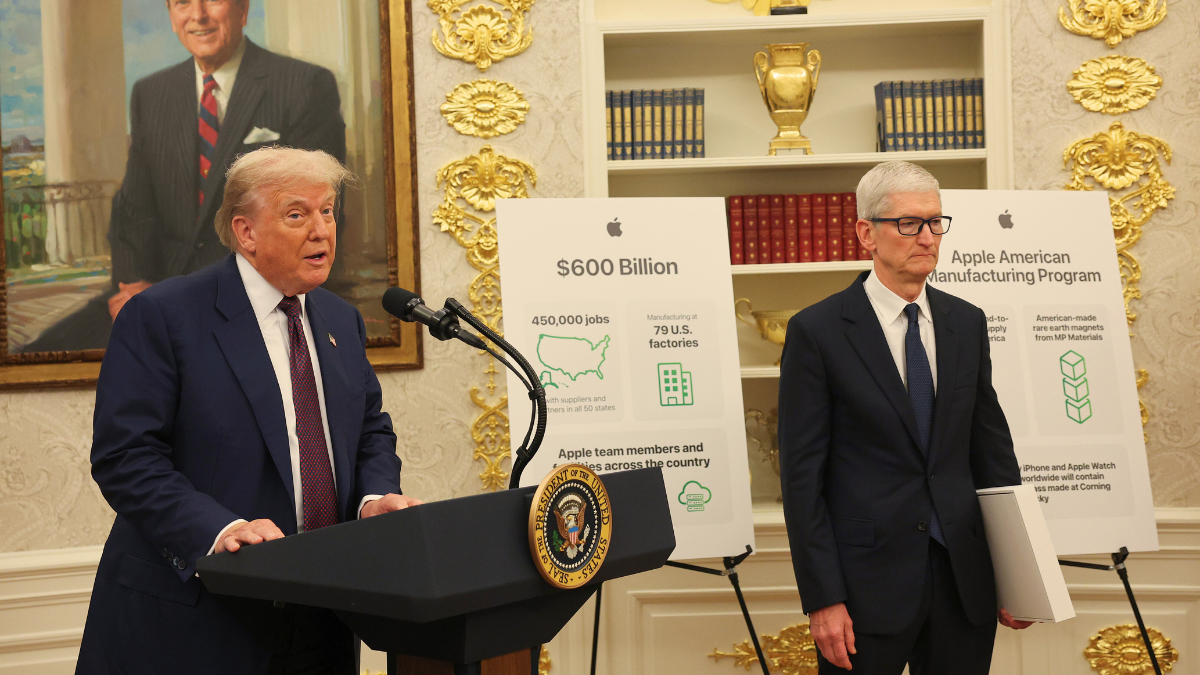The news that Adobe will start charging users who wish to use some colors in their projects has sparked fierce discussion in many creative circles. It has also sparked a lot of confusion. Many users are unsure what this means for them and what steps they should take to continue working on their projects.
Why is Adobe removing Pantone colors?
Adobe, and color matching and printing company Pantone, have had issues with one another for a while now. Notably, in 2021 Adobe said it would be removing Pantone colors from its app. At the time, Adobe said:
“In March 2022, the Pantone Color Libraries that are pre-loaded in Adobe Photoshop, Illustrator, InDesign, Adobe Color, and Adobe Capture will be removed from future software updates. To minimize the impact of this change, we are working on an alternative solution for the affected products. Stay tuned for updates.”
When asked for comment by Printweek, Pantone’s director of brand management and marketing communication, Marcie Foster, blamed Adobe for the issues:
“Unfortunately, the current implementation of the Pantone library within Adobe’s Creative Cloud apps are outdated with many missing colors as well as inaccurate information. In order to provide the best user experience for our users, the companies together have decided to remove the outdated libraries and continue to collaborate on a better in-app experience. In addition to Adobe, Pantone will continue to explore new partnerships with other digital design-focused companies to ensure that users of Pantone can have easy access to our most up-to-date color libraries from whichever design application they enjoy using.”
It seems the two firms were not able to come to an understanding as this removal has come into force. Now users of Adobe’s Creative Cloud and its related programs will have to pay a fee to use the Pantone color libraries. In a statement made to WeGotThisCovered, Ashley Still, senior vice president, digital media marketing, strategy & global partnerships at Adobe said:
“As we had shared in June, Pantone decided to change its business model. Some of the Pantone Color Books that are pre-loaded in Adobe Photoshop, Illustrator, and InDesign were phased-out from future software updates in August 2022. To access the complete set of Pantone Color Books, Pantone now requires customers to purchase a premium license through Pantone Connect and install a plug-in using Adobe Exchange.
“We are currently looking at ways to lessen the impact on our customers. In the meantime, customers also have access to up to 14 extensive color books through Creative Cloud subscriptions.
“Adobe Creative Cloud empowers creators with flagship apps like Photoshop, Illustrator etc. to create wherever inspiration strikes and now offers innovations like Share for Review for collaboration, new AI tools to simplify complex tasks, and powerful image editing within the browser.”
Pantone’s representative, Iain Pike, the senior global director of product and licensing, said that Pantone doesn’t “determine the pricing, features, or user experience” that companies that use its color libraries offer. Neither firm discussed plans for the future or if the two companies will try and reconcile.
What does this mean for Adobe users in practice?
In practice, this means that if you are not paying to use the Pantone color library and open a file containing colors that are part of Pantone’s library, Adobe will change those colors to black.
Users will also be presented with an error message that reads: “This file has Pantone colors that have been removed and replaced with black due to changes in Pantone’s licensing with Adobe. To resolve, click ‘Learn more’.”
If you are making a new document, you won’t be able to use the Pantone color books to select your colors.
It should be noted that Pantone’s FAQ about the change said:
“This update will have minimal impact on a designer’s workflow. Existing Creative Cloud files and documents containing Pantone Color references will keep those color identities and information. New documents can likewise contain Pantone Color references. After March 31, 2022, the source of colors will be through the Pantone Connect Extension instead of the legacy Pantone Libraries in the Adobe apps.”
Clearly, this FAQ is incorrect, so it seems that this situation is changing a lot behind the scenes.
To gain access to the Pantone color library, users must pay for a Pantone license via its Pantone Connect service and extension, which must be added to Photoshop via Adobe Exchange. This service costs $15 a month for individual users at the current time.
It should be noted that this Pantone license is bought separately from your usual Adobe subscription, meaning you will need to create an account with Pantone. Should you want to cancel your subscription, you will need to end that subscription separately.










Published: Nov 4, 2022 08:46 pm